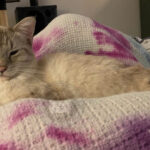Considering bringing a Ragdoll cat into your life? Known for their striking blue eyes, sweet expressions, and gentle personalities, Ragdoll cats are a breed that easily captures hearts. After personally experiencing the joys of Ragdoll ownership for three years with my cats, Teemo and Arya, I want to share ten crucial things you should be aware of before welcoming a Ragdoll into your home.
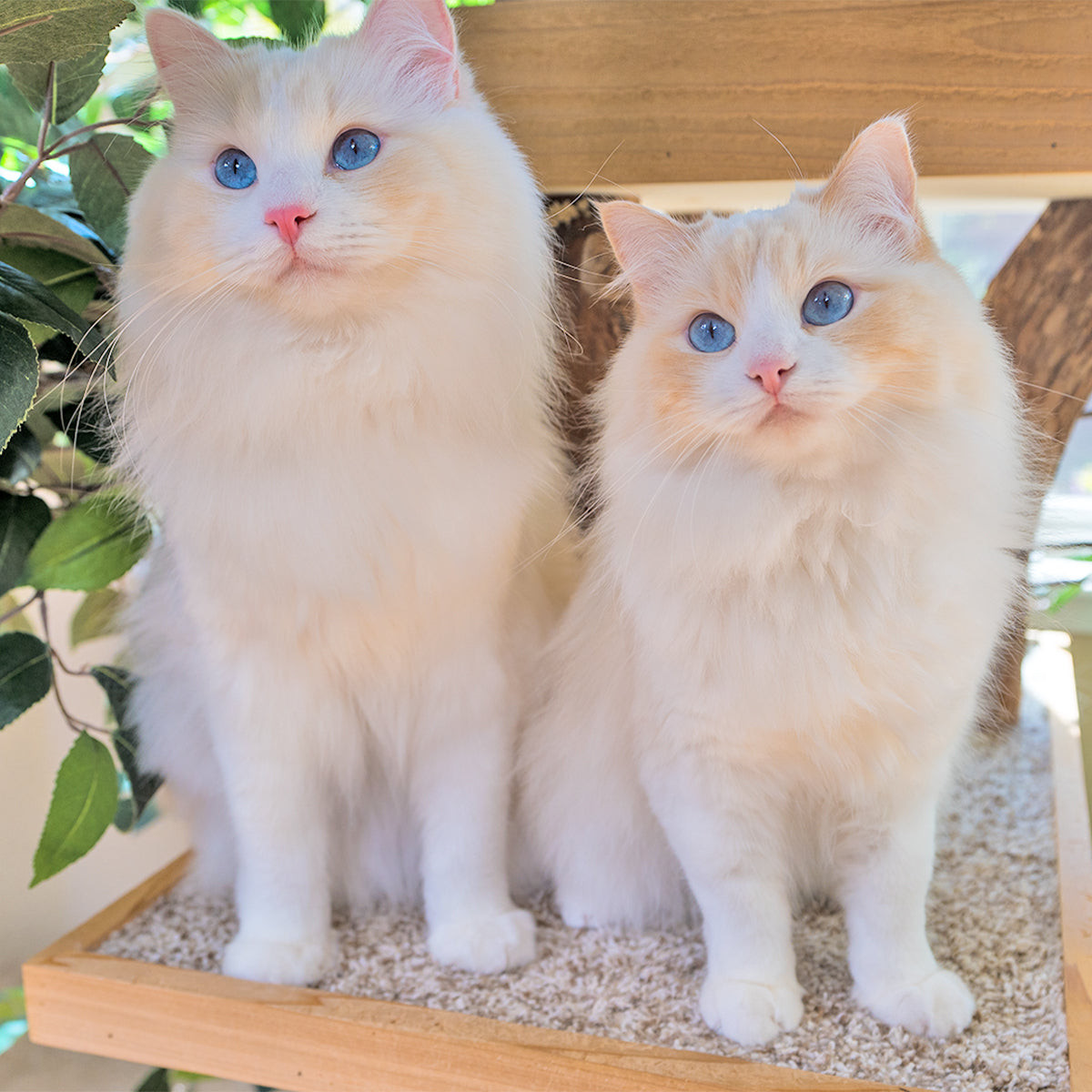 cream bicolor ragdoll cat
cream bicolor ragdoll cat
Cream Bicolor Ragdoll cats, Teemo and Arya, showcasing the breed’s gentle nature.
1. The Defining “Floppy Cat” Trait
The very name “Ragdoll” originates from this breed’s unique tendency to go completely limp and relaxed when held – earning them the affectionate nickname “floppy cats.” Unlike many cats who might stiffen or resist being picked up, Ragdolls often melt into your arms, mirroring the pliability of a rag doll. This isn’t just a myth; Ragdoll cats genuinely crave affection and human interaction. When cradled and loved, they often exhibit this distinctive “floppy” behavior, becoming incredibly relaxed and comfortable. While this trait is prominent in the breed, it’s worth noting that not every Ragdoll cat will display the “floppy” characteristic to the same degree.
2. A Puppy-Like Personality in a Feline Form
Ragdolls are frequently described as having a puppy-like personality, and for good reason. They are known for being docile, gentle, and remarkably sweet-natured. Their affectionate nature extends to a strong dependency on their human companions; they thrive on being close to you. Much like canine companions, Ragdoll cats often greet their owners at the door upon arrival, seek out your lap for comfort when you’re unwell, and are always up for a cuddle session. Don’t be surprised if your Ragdoll follows you from room to room, eager to be part of your day. This deep-seated love for affection and close proximity to people makes Ragdoll cats exceptionally well-suited for families with children and harmonious additions to multi-pet households. Intriguingly, some Ragdolls even exhibit dog-like behaviors such as enjoying a game of fetch.
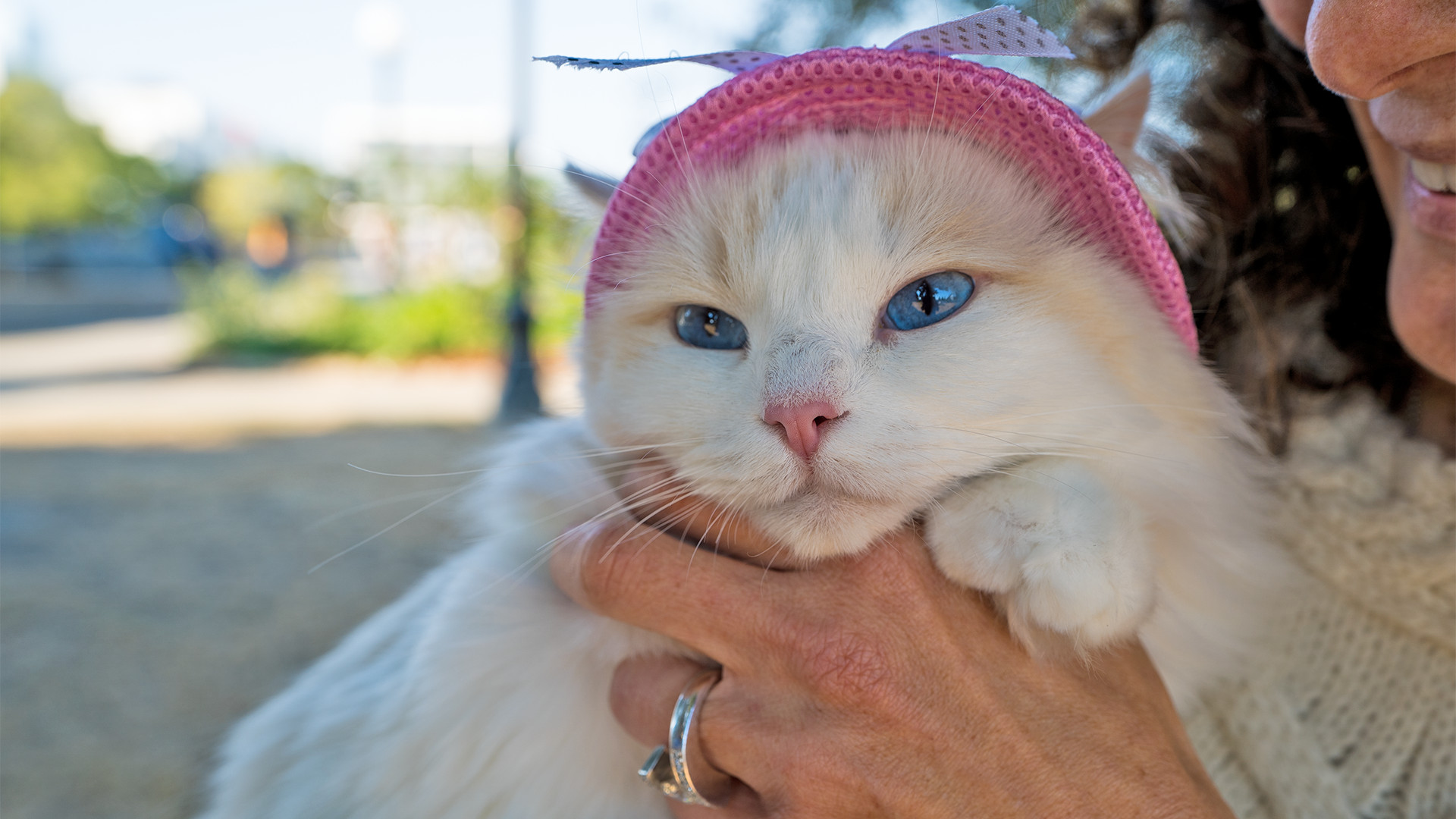 female cream bicolor ragdoll cat
female cream bicolor ragdoll cat
Olivia, a Cream Bicolor Ragdoll female, exemplifies the breed’s gentle and charming demeanor.
3. The Striking Appearance of Ragdoll Cats
When it comes to physical appearance, purebred Ragdoll cats are undeniably striking. A hallmark of the breed is their captivating blue eyes, a characteristic present in all purebred Ragdolls according to breed standards. Ragdolls boast a semi-long coat that is luxuriously plush and silky to the touch, adding to their overall appeal. These beautiful cats come in four primary coat patterns: bicolor, van, mitted, and colorpoint. These patterns are further diversified across six main colors: seal, blue, chocolate, lilac, red, and cream, offering a delightful variety within the breed. Interestingly, all Ragdoll kittens are born entirely white. Their distinctive color and pattern gradually develop, becoming more pronounced as they mature, typically around 8 to 12 weeks of age.
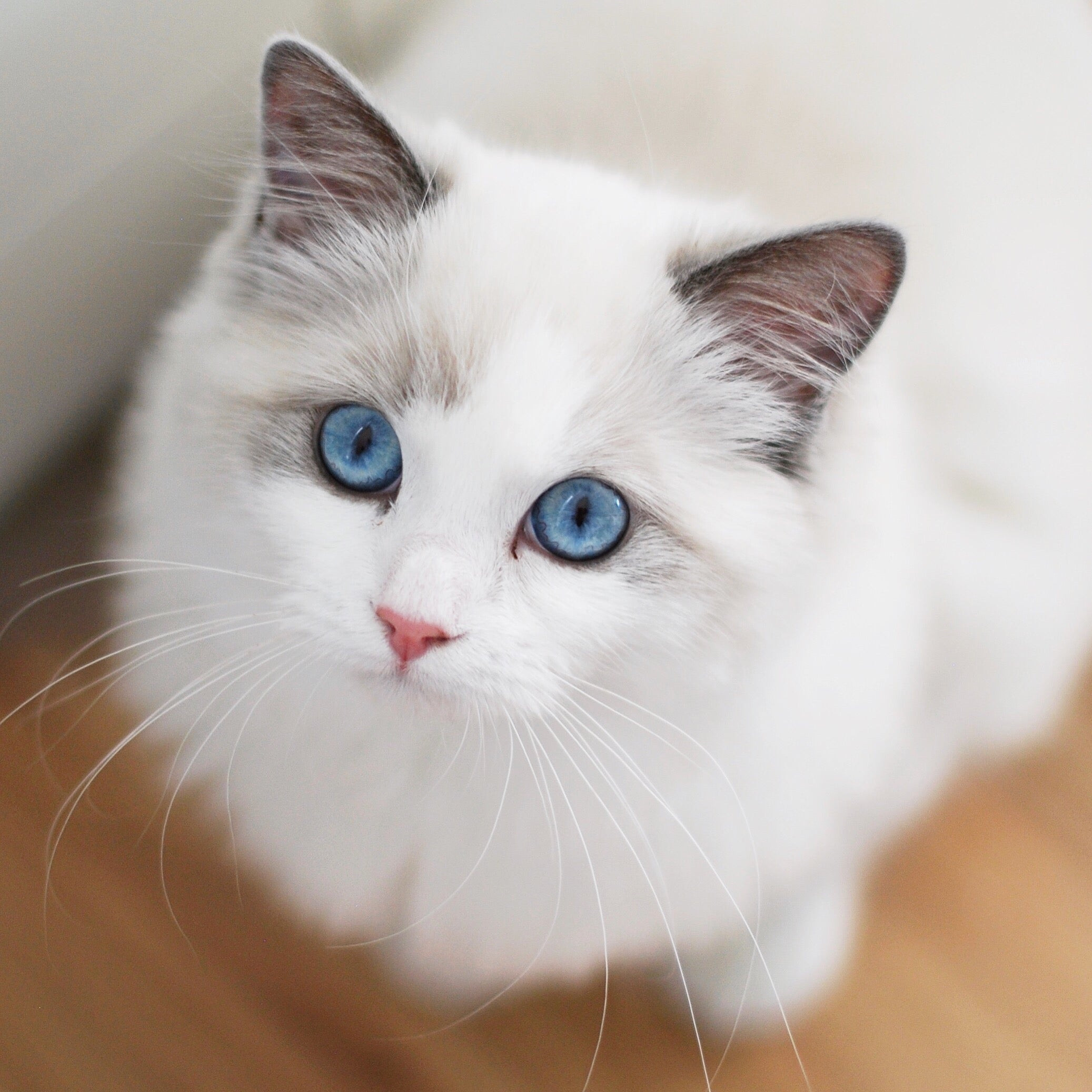 blue bicolor ragdoll
blue bicolor ragdoll
A Blue Bicolor Ragdoll cat, showcasing the breed’s signature blue eyes and distinctive coat pattern.
4. Ragdoll Lifespan: A Long-Term Companion
Ragdoll cats are known for their relatively long lifespans, making them wonderful long-term companions. On average, you can expect a Ragdoll cat to live between 15 and 20 years. Several factors can contribute to extending a Ragdoll’s lifespan and ensuring a healthy life. These include feeding a high-quality diet, ideally one that incorporates raw meat, keeping your cat primarily indoors to minimize risks, neutering or spaying your cat for overall health benefits, and providing consistent, excellent veterinary care throughout their life. Remarkably, some Ragdoll cats have even been known to live up to 25 years, a testament to their robust nature. It’s also important to note that Ragdolls are a slow-maturing breed, typically reaching their full adult size and maturity around the age of four.
5. Understanding HCM in Ragdoll Cats
Hypertrophic cardiomyopathy, or HCM, is a significant health consideration for Ragdoll cat owners, as it is the most prevalent cardiac disease observed in cats. HCM involves the thickening of the heart muscle, which can reduce the heart’s efficiency and potentially lead to serious health issues, including sudden cardiac death. In Ragdoll cats, HCM is often an inherited condition due to specific genetic mutations within the breed. These mutations increase a Ragdoll’s predisposition to developing hypertrophic cardiomyopathy. To mitigate the risk of HCM, it’s crucial to source your Ragdoll kitten from a reputable breeder. Responsible breeders will screen Ragdoll kittens for the HCM mutation and often provide a guarantee that their kittens are HCM negative, offering peace of mind.
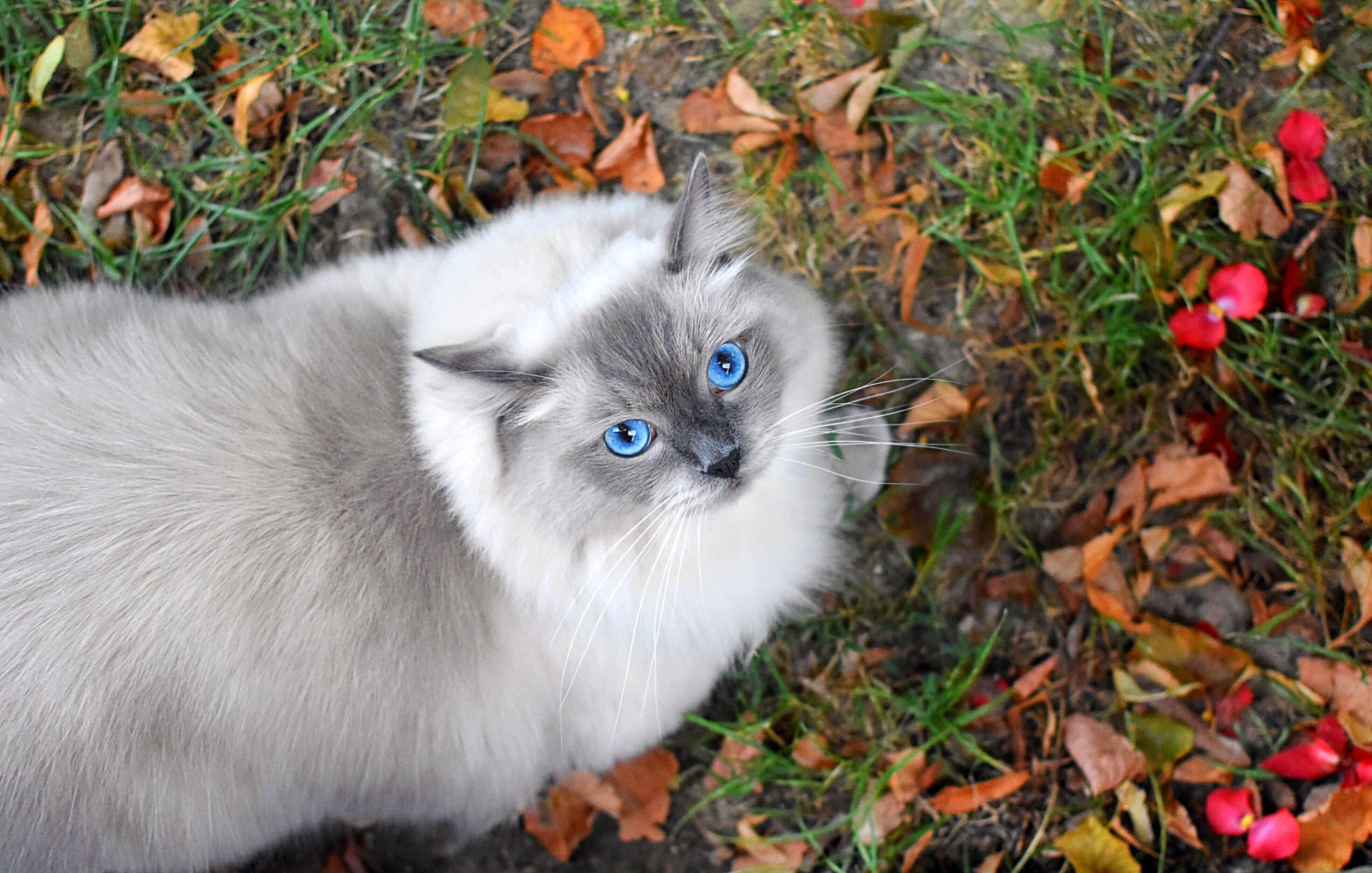 Blue Mitted Ragdoll
Blue Mitted Ragdoll
A Blue Mitted Ragdoll, highlighting a different coat pattern within the breed.
6. Ragdolls Thrive on Companionship
Ragdoll cats are not independent creatures who enjoy solitude. They are demonstrably more social and possess a greater need for attention and interaction compared to many other cat breeds. If your lifestyle involves frequent absences from home, strongly consider providing your Ragdoll with a companion. Having another cat, or even a compatible dog, can significantly enrich a Ragdoll’s life, ensuring they don’t experience loneliness when you are at work or asleep. This companionship can lead to a happier life for both you and your feline friend, preventing potential behavioral issues stemming from loneliness. A Ragdoll left alone for extended periods may exhibit destructive behaviors such as scratching furniture or knocking over household items out of boredom or anxiety. To manage scratching behavior, redirect your cat to appropriate scratching outlets like a scratching post or cat tree.
7. Large and Lovable: The Size of a Ragdoll
Prepare to be amazed by the substantial size of Ragdoll cats! They are classified as a large breed, with fully grown male Ragdolls capable of reaching up to 20 pounds in weight. Female Ragdolls are also generously sized, typically weighing between 8 and 15 pounds. Despite their imposing size, Ragdolls are not known for possessing a strong hunting instinct or the same level of self-defense capabilities as some other cat breeds. They are not well-equipped to protect themselves against threats from stray dogs or cats, underscoring the importance of keeping them indoors, especially when unsupervised. Their larger size, however, contributes significantly to their cuddly and teddy-bear-like nature. Ragdolls are wonderful to hold and snuggle, providing a comforting weight and warmth. When handling a Ragdoll, ensure you use both hands to provide adequate support for their body. The size of a Ragdoll also necessitates larger accommodations, such as a bigger litter box and a spacious bed to ensure their comfort. Creating a living space tailored for a larger cat, perhaps including a cozy cat cave, will enhance their well-being.
A comfortable cat cave, ideal for larger breeds like Ragdolls to relax and feel secure.
8. Managing Shedding in Ragdolls
As a long-haired breed, shedding is an unavoidable aspect of owning a Ragdoll cat. The amount of shedding can fluctuate based on factors like temperature, season changes, and diet. Ragdolls typically develop a thicker coat during the winter months, which they then shed in the spring as the weather warms up. Regular grooming is essential for Ragdolls to help manage shedding and prevent the formation of tangles and mats in their beautiful coats. Fortunately, most Ragdoll cats enjoy the grooming process, viewing it as a bonding opportunity with their owners. Daily brushing is often recommended to keep their coats healthy and minimize loose hair.
9. Ragdolls and Allergies: Not Hypoallergenic
For individuals with allergies, it’s important to know that Ragdoll cats are not considered hypoallergenic. While they lack a dense undercoat, which can sometimes reduce dander-related allergies in some breeds, the primary allergen for most people is cat saliva. Cats groom themselves meticulously, spreading saliva across their fur. As the saliva dries, it becomes airborne, and the hair carrying dried saliva is shed throughout the home, triggering allergic reactions in sensitive individuals. Therefore, despite their coat type, Ragdolls are not a suitable choice for those with significant cat allergies.
10. The Cost of Owning a Ragdoll Cat
Acquiring a purebred Ragdoll cat is a financial investment. In the United States, Ragdoll kittens from reputable breeders registered with organizations like TICA (The International Cat Association) can range in price from $1,500 to $3,500 or even higher. The price is influenced by factors such as the kitten’s quality (pet or show quality) and coat pattern. Within purebred cat breeding, “show quality” refers to cats judged to closely match the breed’s physical ideal and possess an excellent temperament suitable for cat shows. These cats typically command a higher price than “pet quality” cats, which may have minor cosmetic imperfections, such as slightly off-standard markings. Certain Ragdoll patterns, like the classic bicolor, can also be more expensive due to demand and breeding complexities. Thoroughly researching the Ragdoll breed and understanding responsible breeding practices is crucial for buyer protection. Ethical and responsible Ragdoll breeding involves significant time, effort, and financial resources to ensure the health and well-being of the cats. Be cautious of kittens priced significantly lower than the average, as this could be an indicator of a less reputable breeder. Avoiding backyard breeders is essential when seeking a healthy and well-socialized Ragdoll kitten.
Cream Ragdoll cats, Harvey and Olivia, relaxing in a Coco Cat Bed, highlighting the breed’s gentle and affectionate nature. Shop Here
Hopefully, this guide has provided you with valuable insights into the Ragdoll breed and helped you determine if a Ragdoll cat is the right feline companion for you.

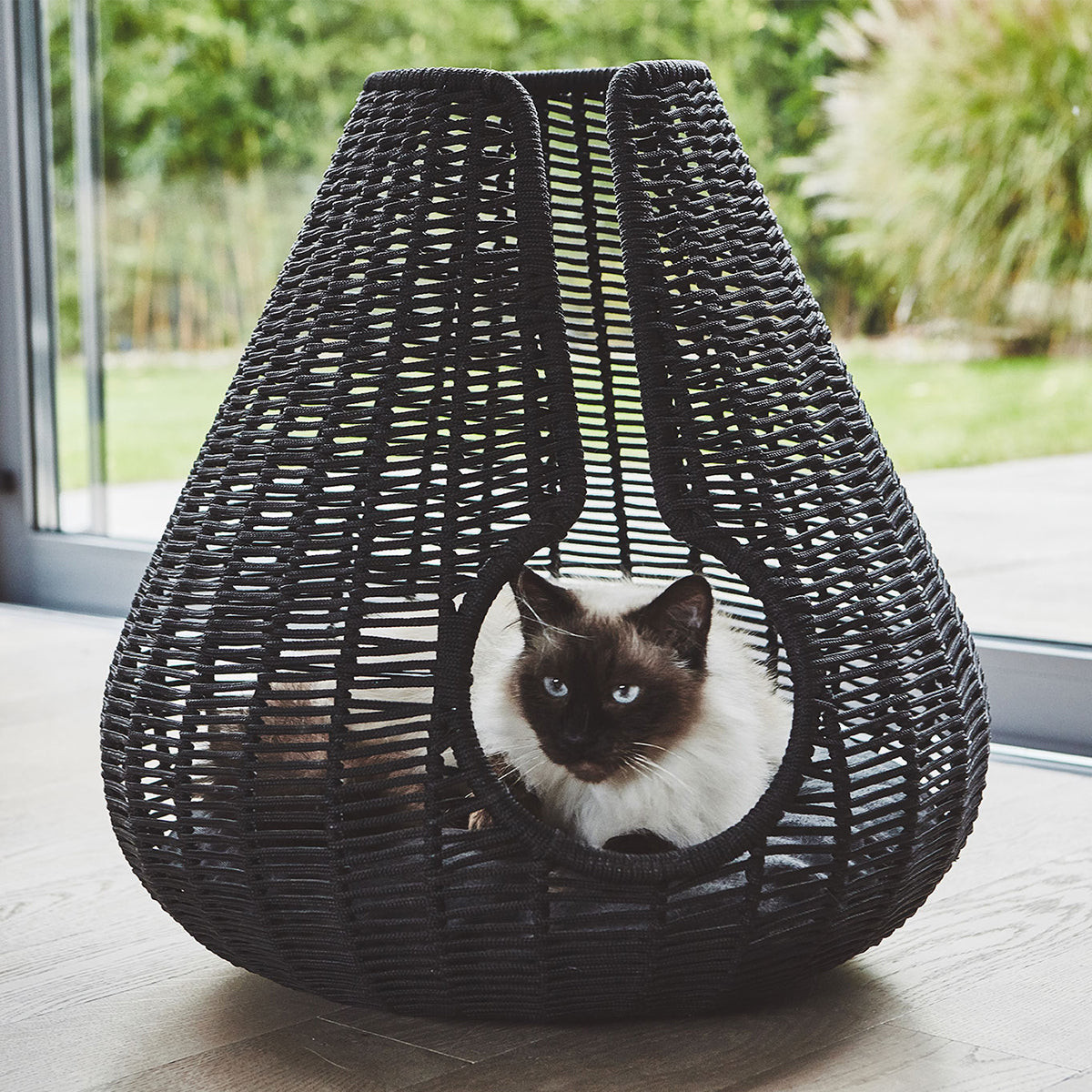 cat cave
cat cave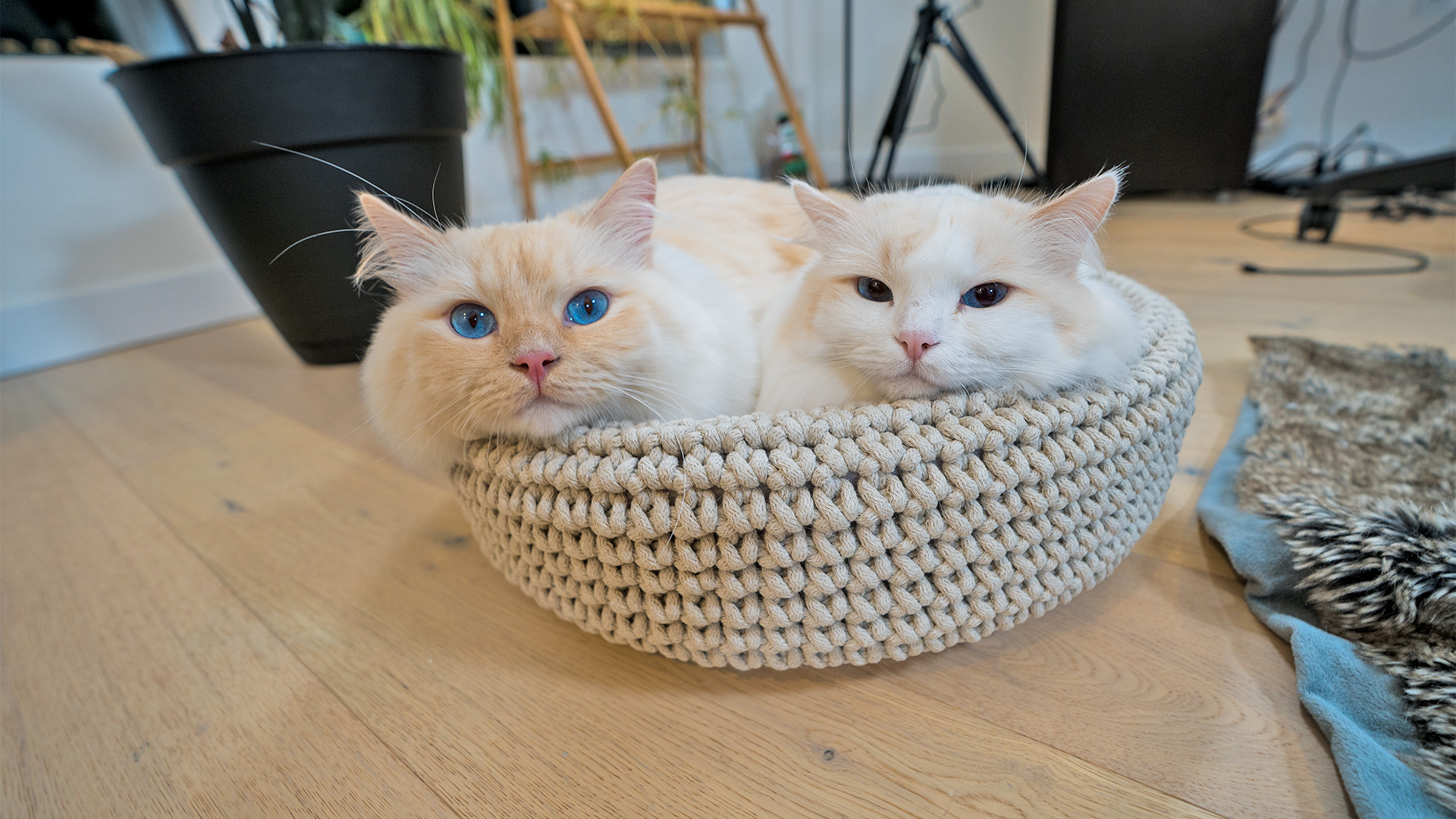 cream ragdoll cats
cream ragdoll cats